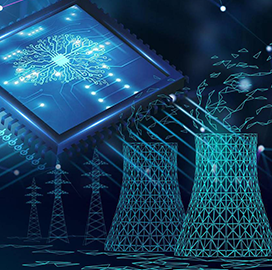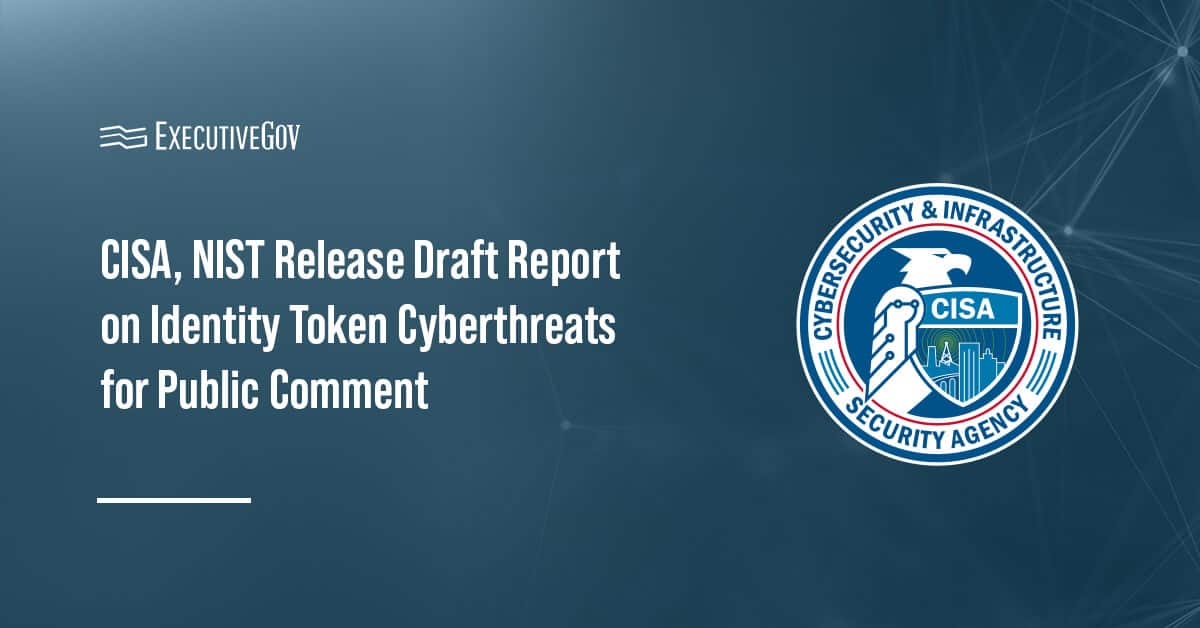Pacific Northwest National Laboratory and its collaborators are exploring machine learning techniques to improve the detection of suspicious nuclear presence, PNNL Director Steven Ashby reported Monday.
In an article published on the Tri-City Herald, Ashby discussed the laboratory’s early-stage studies on the use of ML to identify abnormal activity in a nuclear reprocessing facility, and to help law enforcers trace radioactive materials.
In one initiative, PNNL and Sandia National Laboratories collaborated to design a system that can distinguish normal reprocessing patterns from potential diversion to the usual activities at a nuclear plant. The researchers employed a “transformer-based model,” which is used in applications such as language processing.
The study yielded promising results, but the technique needs further refinement before it can be deployed, Ashby noted.
A separate project used an autoencoder model, which scanned, compressed and decompressed microscopic images of radioactive materials to come up with their unique fingerprint. The technology is being developed to help law enforcement agencies build a database to help them find the origin of nuclear particles discovered in the field.
While ML has not surpassed human intelligence in detecting nuclear threats, it may be useful in the near-term to expedite and facilitate investigations to prevent nuclear proliferation, Ashby wrote.





